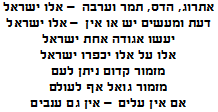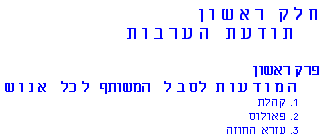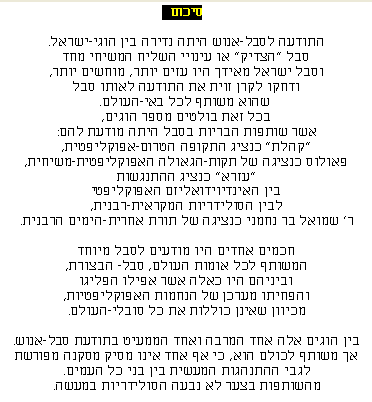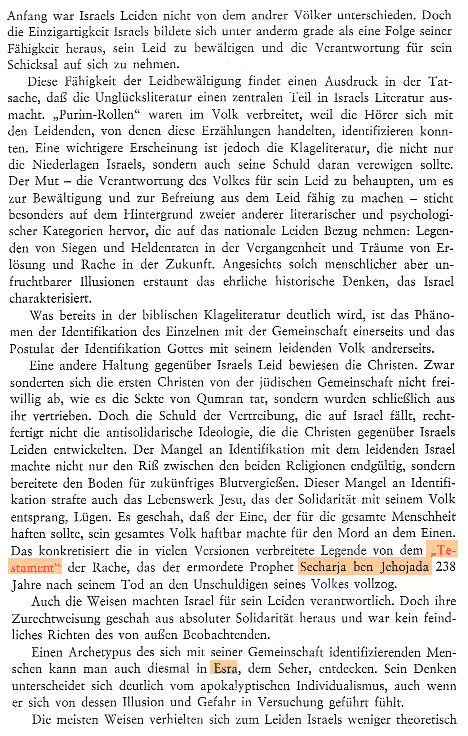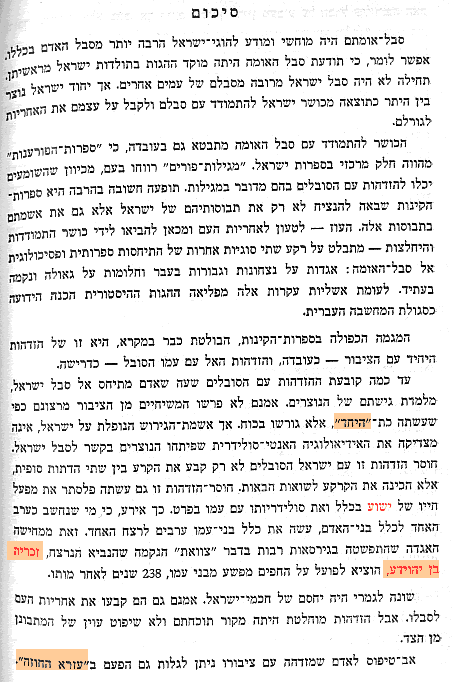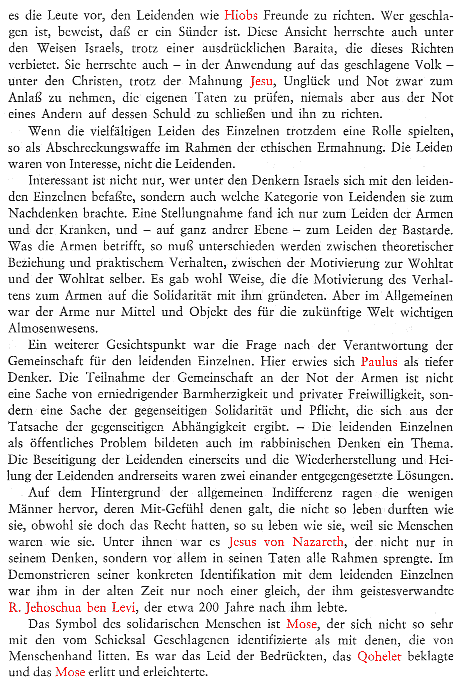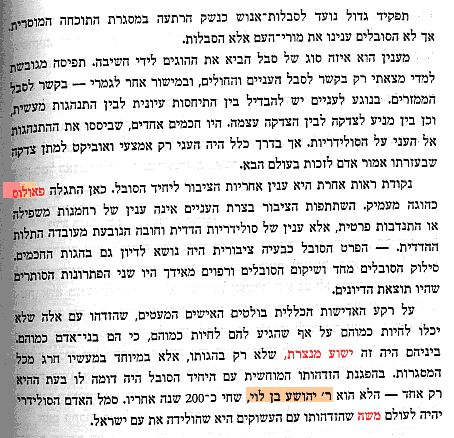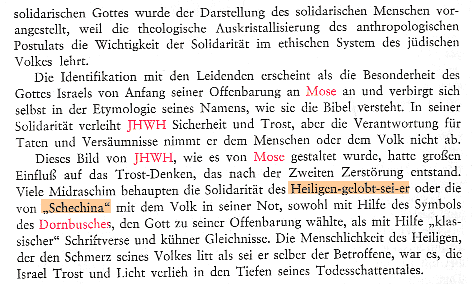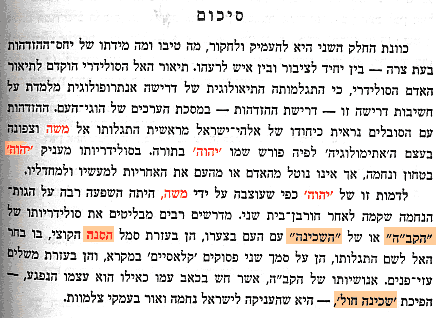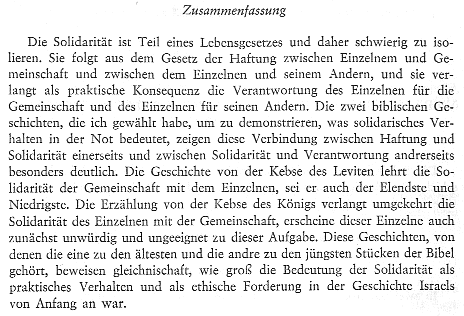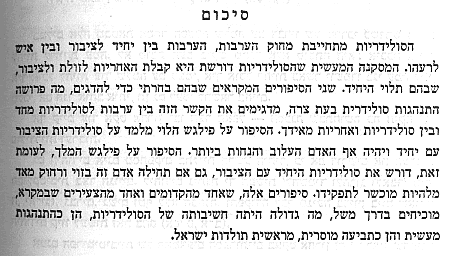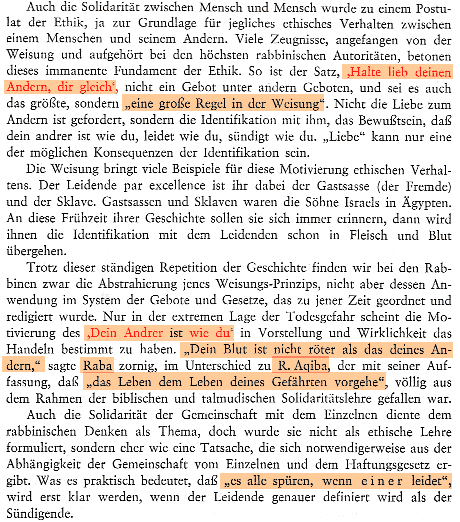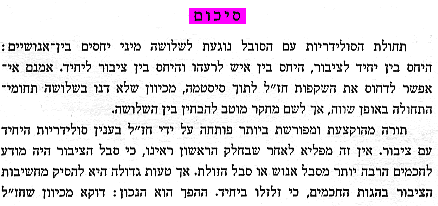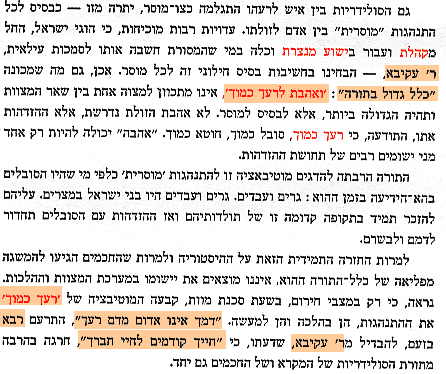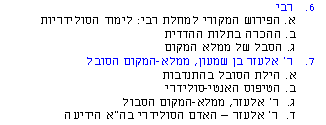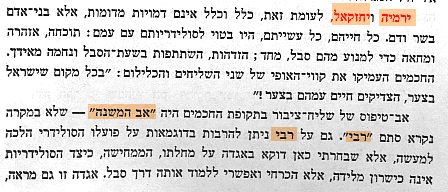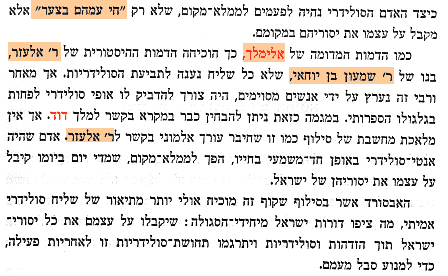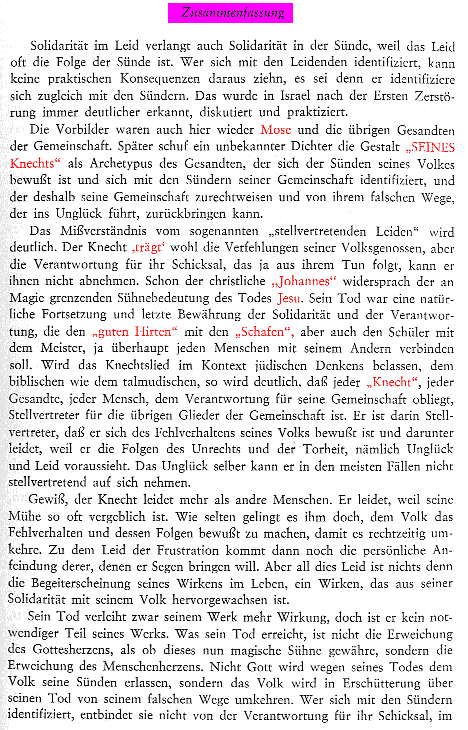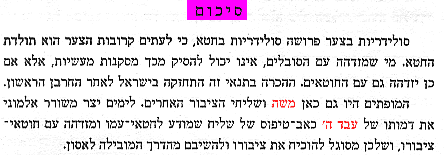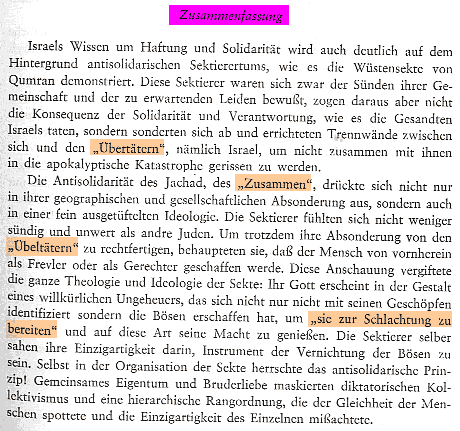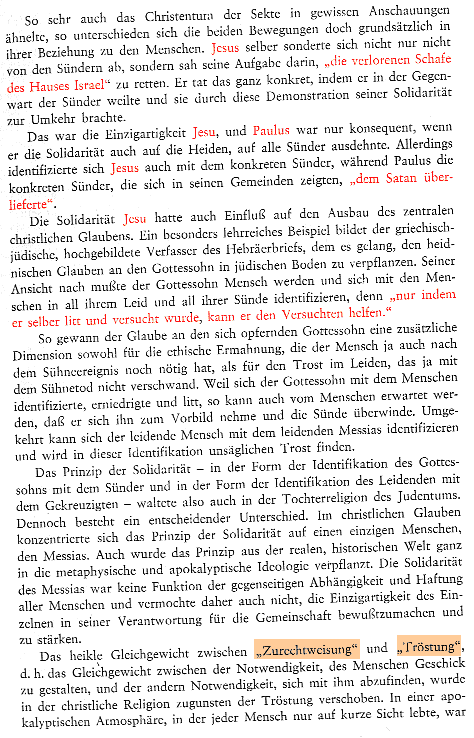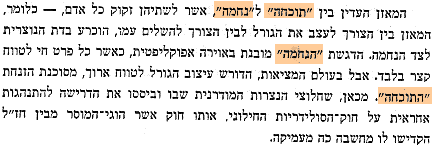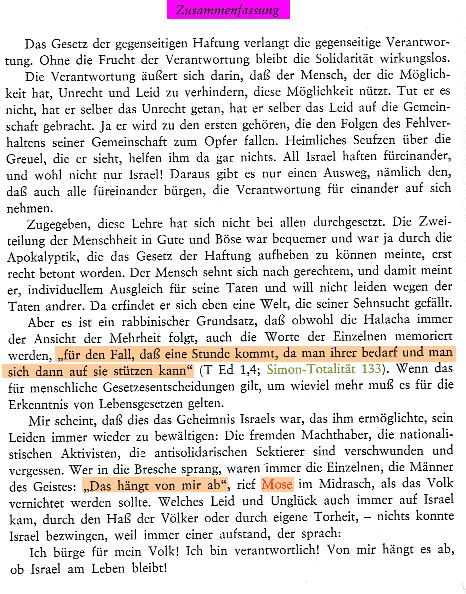I cannot update, how the central concept of "SIN" has to be radically transmuted.
Sin is "Suende" in German, which derives from "sondern"= to separate.
The actual "Suende" is "Denial", i.e. the separation between Thinking and Feeling,
i.e. the lack of awareness - by ignoring, overriding, repressing -
of what I do not want in my life - a) feelings, b) needs, c) qualities, d) greatness.
These denied parts of myself do not simply disappear ,
but survive in body and soul and all around me,
they even attract more of the same denials, become monstrous,
produce evil doing, perpetration, or evil suffering, victimhood.
The redemption from "Sin", i.e. from denial and "Lost Will"-
and from there the redemption from suffering and death,
begins with learning to feel, i.e. to accept, "to womb" what I feel,
to move it physically and then to understand...
In other words: I can allow myself to feel unpleasant feelings, needs, qualities,
only if I KNOW and PRACTISE - that every feeling, from the tiniest to the biggest -
must be V I B R A T E D , i.e. physically breathed, sounded, moved,
in order to heal and evolve, and then fulfill its task: to guide me and to full-fill me.
Once there was a quantum-leap in evolution,
when humans understood that there was a connection between suffering and doing.
Since they knew from the beginning (unlike humankind today), that the many and the one were tied together,
their "solution" then was, to uproot the one evil-doer from the community, so as to spare it the consequences.
The next quantum-leap in evolution, was,
when it was understood that this "solution" caused even more suffering,
and they evolved the idea of "reproach and protest".
This, also, caused more damage than benefit.
The "solution" people then came up with, was not an evolution,
but a re-volution, a re-gression:
it was to deny the connection between doing and suffering altogether
and to ignore the mutual guarantorship between the one and the many.
As the present time-period shows, this was/is a horrendous denial,
yes the culmination of an absurd, monstrous illusion.
Now the time has come, to go down to the deepest roots of both:
the connection between doing/notdoing (=denial) and suffering,
and the connection between me, the individual, and everybody else .
July 31, 2013
The root is the disconnection between the aspects of "God" or humans:
Spirit-Will-Body --or thinking-feeling-sensing...
When Spirit/Mind denies feelings or needs or qualities and greatness,
then these feelings, needs, qualities and greatness become "Lost Will".
Lost Will either undermines myself and - as its worst - causes "cancer",
or attaches itself to other people who are weak in their self-acceptance,
who then - in order "to do" something - produce havoc all around them.
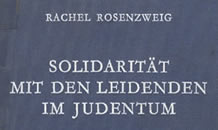 |
My PH.D.-Thesis, 1966-1982, delivered
in Hebrew to the Jerusalem University 1972
Original Theme,1966 : The Idea of VICARIOUS SUFFERING as an ANSWER to INNOCENT SUFFERING (i.e. my coping with the holocaust). Final Hebrew Title 1972: "The PERCEPTION of SUFFERING and SOLIDARITY with the SUFFERERS in the Thought of the Jewish Sages from the time of the second Commonwealth till the End of the Talmudic Era" (i.e. in Bible, Apocryphes, Qumran, New Testament, Talmud, Midrash)
|
 |
|
See
the overview of "MY BOOK" in the context of "MY LIFE's
HARVEST"
|
Re-edited on July 23, 2013
Summaries of
the chapters
in the German Book and
in the Hebrew Book
In
the original books they appear after each major chapter
- in Hebrew and German
|
| Bundle
1 / g10-15 / h28-34 Bundle 2 / g15-19 / h34-38 Bundle 3 / g20-27 / h39-47 Bundle 4 / g27-30 / h47-49 Bundle 5 / g30-35 / h50-55 Bundle 6 / g35-47 / h55-66 Bundle 7 / g47-53 / h67-72 |
Bundle
8 / g 53- 56 / h 72- 75 Bundle 9 / g 59 - 65 / h 78- 84 Bundle 10 / g 65- 68 / h 84- 87 Bundle 11 / g 69- 77 / h 87- 95 Bundle 12 / g 77- 83 / h 95-101 Bundle 13 / g85- 96 / h105-116 Bundle 14/g100-110 /h117-127 |
Bundle15
/g111-120 / h128-138 Bundle 16/g121-130 / h139-147 Bundle 17/g130-138 / h147-154 Bundle 18/g138-148 / h154-163 Bundle 19/g148-153 / h163-168 Bundle 20/g155-166 / h171-182 Bundle 21/g166-176 / h182-191 |
Bundle
22 /g176-187 / h191-201 Bundle 23 /g189-200 / h203-215 Bundle 24 /g201-210 / h215-225 Bundle 25 /g210-222 / h225-237 Bundle 26 /g226-233 / h240-247 Bundle 27 /g233-245 / h247-259 Bundle 28 /g248-262 / h261-274 |
F I R S T P A R T
In German: T H E S U F F E R E R S
In Hebrew: THE CONSCIOUSNESS OF GUARANTORSHIP
